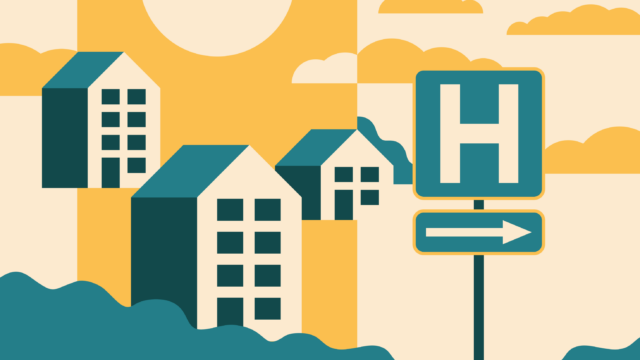Health-Related Social Needs: Approaching Care From the Ground Up

If you’ve ever taken a road trip or gone on a long hike, you know that the information you see on a map differs quite a bit from what you experience along the way. The overall route looks similar, but a road may be closed and you need to find another way to your destination. A written elevation change also feels very different when you’re experiencing it as a grueling uphill journey.
When thinking about care and member engagement, social determinants of health can offer a birds-eye view, but in order to solve for the last mile, a responsive and adaptable framework that addresses the health-related social needs of members is crucial.
Social Determinants of Health: A Birds-Eye View
If social determinants of health (SDoH) are the map we use to evaluate how a person’s health is shaped, health-related social needs are what they experience day-to-day that impact their health and well-being. In other words, SDoH are shaped by five areas that impact how we live:
- Economic stability
- Education
- Social and community context
- Health and health care, and
- Neighborhood and built environment
Social determinants of health can offer a birds-eye view, but in order to solve for the last mile, a responsive and adaptable framework that addresses health-related social needs is crucial.
Although SDoH are helpful tools for evaluating how a person’s health is shaped, they often reveal the inequities that cause poor health which require policy-level solutions.

Health-Related Social Needs: An On the Ground Approach
One example of a health-related social need is housing security. One of Reema’s members, Calvin, was living in his van after a recent divorce when we met him. His immediate social need was to find a permanent place to live.
Health-related social needs are what members experience on the ground and day-to-day, and they play a significant role in impacting people’s health.
One of our Community Guides worked with him to find temporary and then permanent housing, accompanying him on apartment tours. Calvin has dyslexia, so his Guide also helped him to fill out the necessary paperwork. One year later, Calvin’s HUD application was approved, and he moved into his apartment. Although the application process took a long time and there were some bumps along the way, his overall health has improved, and he’s more optimistic.
Health-related social needs range widely from one person to the next and are closely related to their lived experience.
Calvin’s story helps us understand that health-related social needs range widely from one person to the next and are closely related to their lived experience. At times, they can be difficult to identify, especially when people do not expect that tangible help is available and accessible. Health related social needs can also change over time.

A Responsive Approach to Meeting Health-Related Social Needs
This is where Reema’s community-based care approach makes a significant impact:
- Empathy-Led Human Connection: Reema’s Community Guides reside within the communities that they work within. This ensures that the people we are trying to reach feel a sense of shared identity and experience with their Community Guides, which in turn builds trust to share the challenges they face.
- Tech that Scales: Advanced technology and proprietary data models can predict the right message, right channel, and right method to reach our members. They also help our Community Guides anticipate unmet social needs and develop an intervention before an emergency occurs.
- Personalized Outreach: Care is never a one-size-fits all approach. We recognize that each member’s needs and barriers to accessing care are specific to their experience. Instead of making a call and checking a box, we listen carefully to identify the resources and support they need, and can even show up to their door if they need us to.
At Reema, relationships and trust are the foundation and the roadmap to better health. When we know how to reach people, what they need, and how to help them get it the downstream impacts are huge. By starting with health-related social needs, we know the clinical outcomes aren’t far behind.



